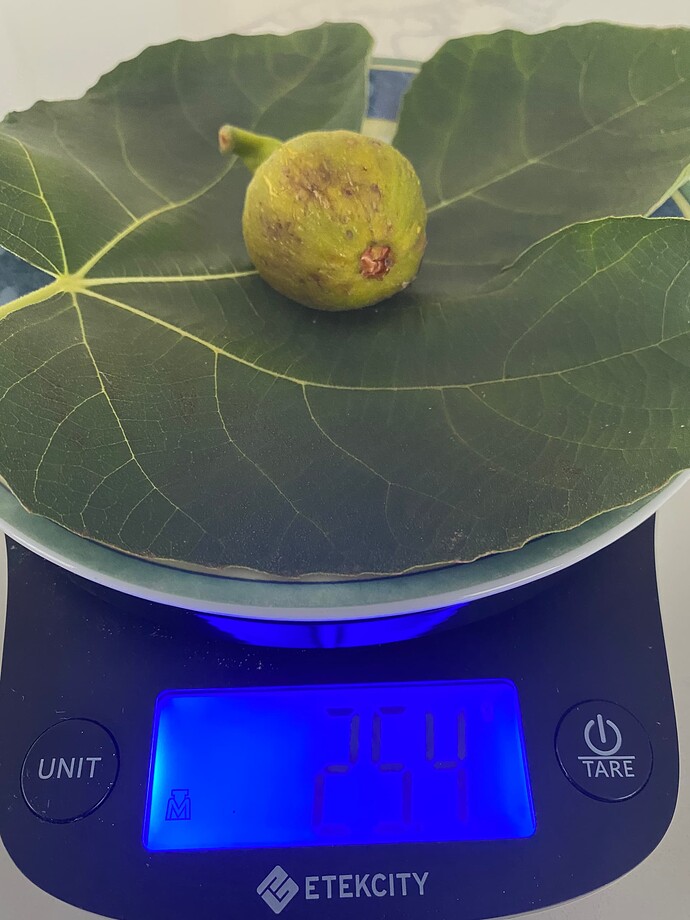(I posted this on another forum a few weeks ago, but I thought I would share with the fine folks on this forum)
I’ve waited a long time for this moment to review what many consider the be a “unicorn” fig, the White Baca. I received this tree at a very premium cost from the Figman of New Mexico himself and my good friend, Lloyd Kreitzer. Some of you might not know the fascinating story behind this amazing tree, but you can find several newspaper stories online. The following is the story told by Lloyd himself:
https://soundcloud.com/seedbroadcast…social_sharing
I received one of the last trees in Lloyd’s possession and took on the responsibility and privilege of keeping this variety alive.
Here is some logged data:
Supposedly brought to New Mexico from immigrants, 117 years ago in 1904 and inherited by the Baca Family, until their property was acquired by a church.
Mother tree cuttings made by Lloyd Kreitzer: May 2010 in La Luz, NM.
Date tree woke up: April 15, 2022
First 3 figlets set: May 17, 2022
3 figs harvested: July 31, 2022 (75 days) - 1 was fully ripe 3 days ago, but I let it hang on the tree.
Approximate weight per fig: 20.5g to 25.4g
It’s a small, yellowish fig with a closed eye and a unique taste and look. It has somewhat of an acorn-like shape and tastes like a moderately sweet peach bellini infused with nectar. Lloyd described it as the best of 150 figs he tasted around the world. While I have not tasted 150 varieties of figs yet, I concur it is by far one of the best figs I’ve tasted myself. This includes the caprified figs I grew up tasting in Italy. I took a video of the experience of taking them off the tree and shared tastings with my family. When I figure out how to put the videos together, I will post them. It’s amusing to hear the reactions of how much they enjoyed these figs! They truly are amazingly delicious!
For now, here are a few pics for all of you…
Here’s another one that ripened a few days ago. This was 23 grams. Amazing little fig! I’m absolutely in love with this fig.



